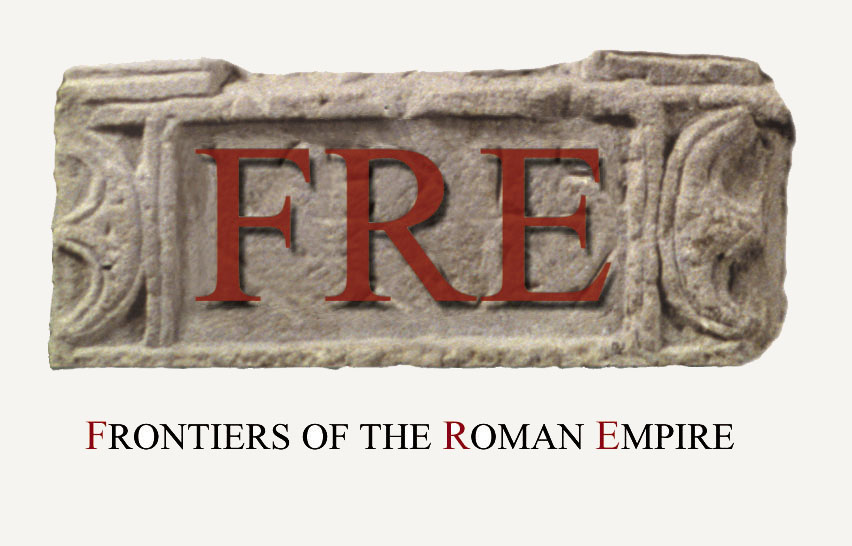|
During the
reign of the Emperor Augustus (27 BC - 14 AD) Roman power expanded
to the East Central Europe and moved the Empire border all way to
the Danube. On the occupied territory between the eastern Alps and
the Danube, inhabited mostly by Celtic and Pannonian tribes a new
province - Pannonia - was declared. The flow of Danube become then
a northern and eastern border of the province, as well as of this
part of the Empire, for next four centuries.

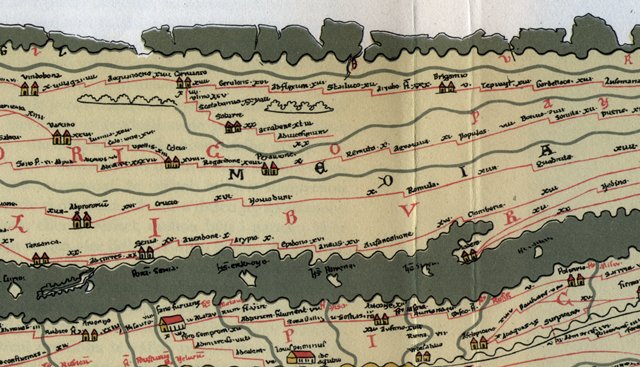
At the same
time the Germanic tribes of Suebi started to penetrate the
territories north of the Danube. On the territory of today
southern Moravia (the Czech Republic) and Lower Austria settled
Marcomanni and the south-west Slovakia was occupied by Quadi. The
relationship of Romans and Germanic tribes started to develop in
the 1st century AD very positively. Germanic kings such
as Vannius of a Quadi tribe and also his successors Vangio, Sido
and Italicus became the vassals of Rome, on the other hand they
were able to profit from a very good geographic situation of their
seats. They profit from the gifts of friendship and supporting the
peace, but mostly from the exchange on the border and trade on the
long-distance Amber route connecting the north Adriatic and Baltic
seas. Several of its branches crossed the Marcomanni
and Quadi territory. Prominent population growth and the
strengthening of the power of Germanic tribes on the Danube led to
an attempt to liberate from the vassal dependence to Rome already
in the end of the 1st century AD.
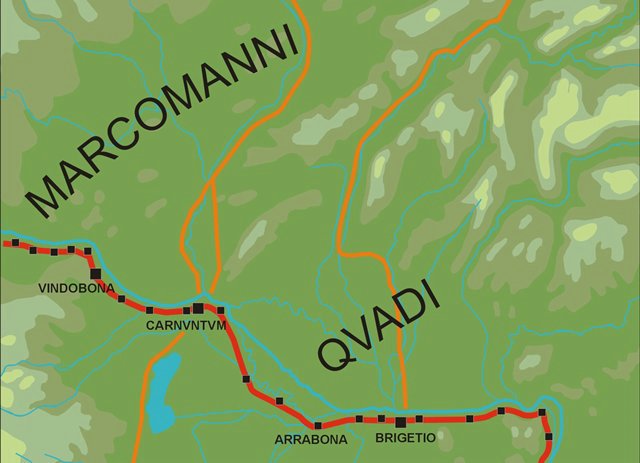
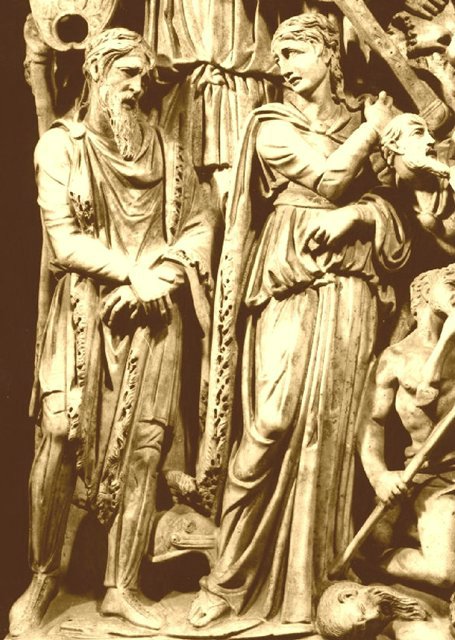
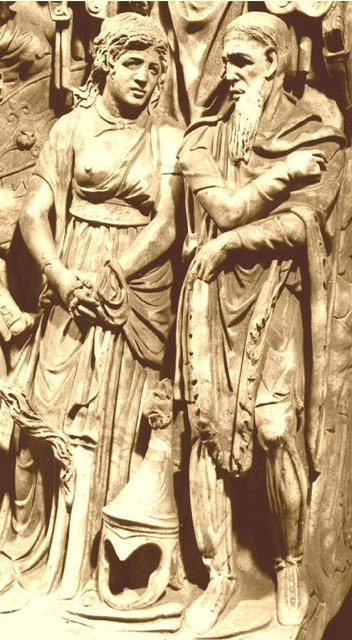
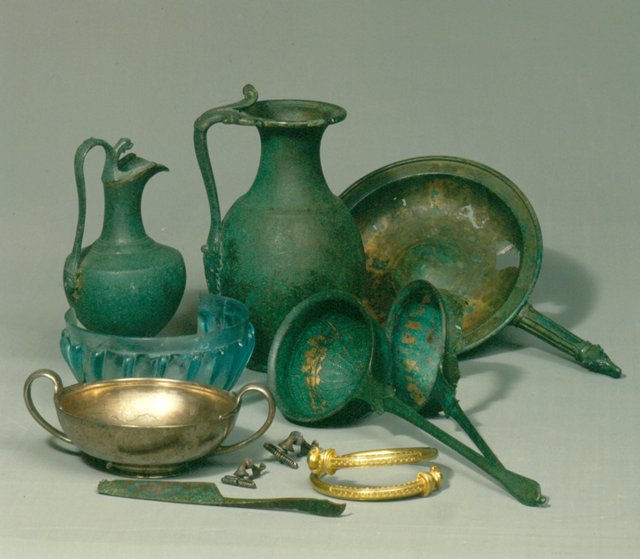
The building of the North-Pannonian border
The Roman Army
The armament and equipment of the Roman Soldiers
The role and importance of the Roman Army
Marcomannic wars on the Danube
The period of prosperity and decline
The last attempts and the decline of the Roman authority
| 

